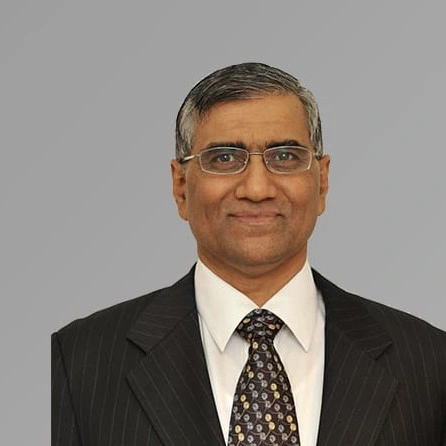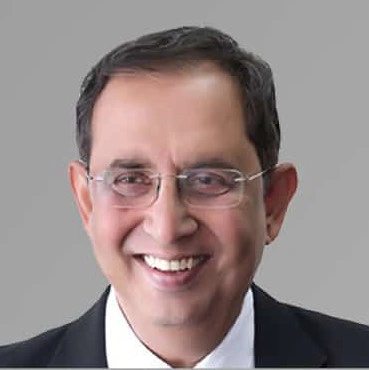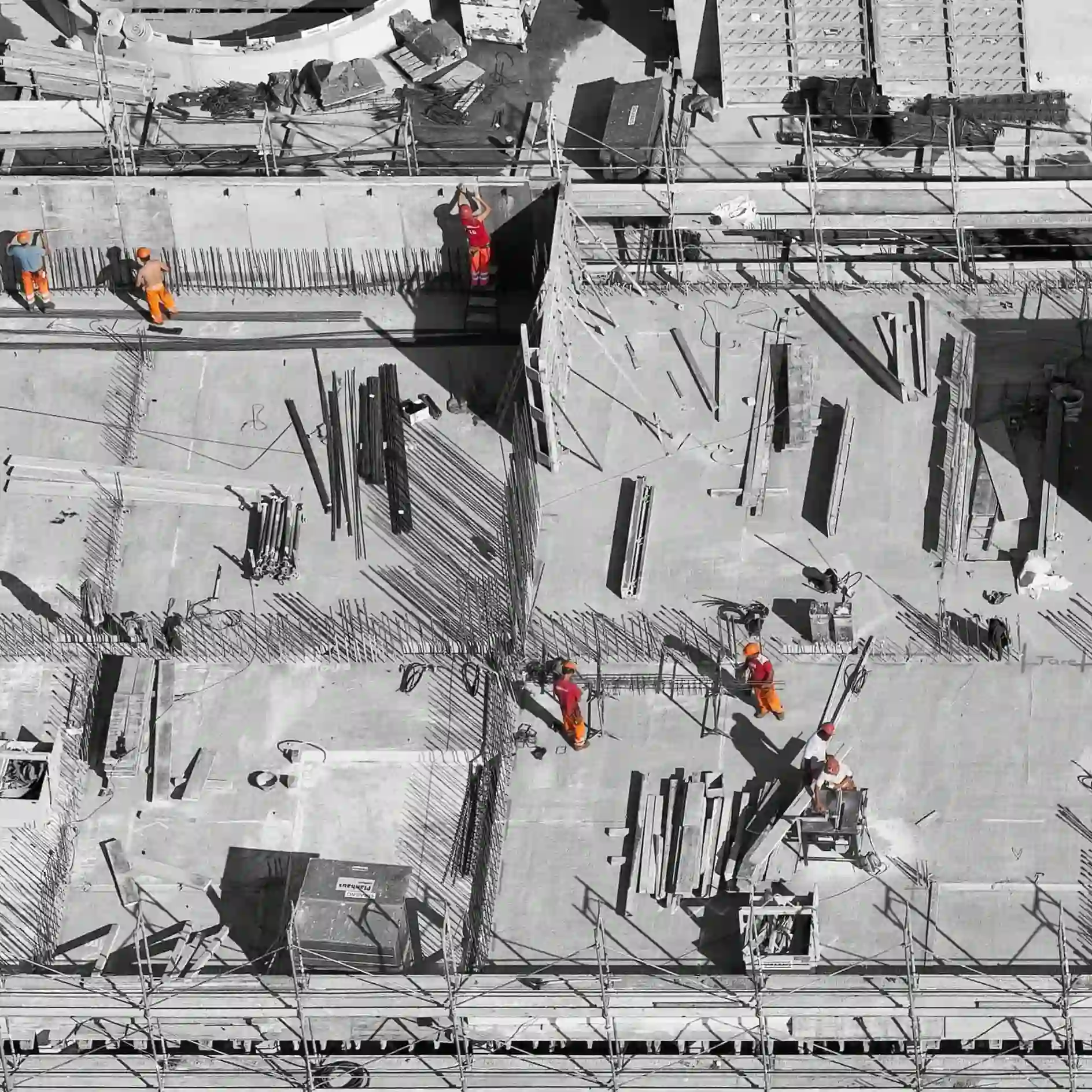Kanvic: What is your current outlook for the cement industry over the next 10 to 15 years?
K.K.Maheshwari: The demand currently is between 260 to 300 MT per annum. The cement industry has had a tough time for the last seven to eight years, growth is only 3-4 per cent. Although it was 10 per cent from 2005 to 2010 and went down to less than 5 per cent following that, no one anticipated such a dip in growth. However, over a period of 25 years, the variations in growth have evened out making annual growth around 7 to 7.5 per cent. Regarding supply, the cement industry is a long gestation industry. You need mines, land and setting up takes years. Capacity addition has surpassed demand at 8-10 per cent over the last few years. As a result, demand needs to continue to grow, maybe 8 per cent to 9 per cent over the long term. Healthy growth is 7 per cent, this may mean 10 per cent to 15 per cent during some periods because there will inevitably be slowdowns.
Kanvic: Where can you highlight particular areas of demand?
K.K.Maheshwari: Infrastructure drives growth in industry and commercial and that in turn drives growth in housing. This follows the same pattern as China, so the same should apply to India. Importantly for India's prospects; while the absolute size of cement demand is highest in the residential sector, the growth rate is highest in infrastructure. In recent years, the road sector has done extremely well. With a number of new projects, I wouldn't be too optimistic expecting 20 per cent CAGR. I am also optimistic regarding cement demand from railways.
Low-cost housing is also doing well. Although it has a low base, the growth is meaningful. Irrigation has done well in select places such as Andhra Pradesh and Telangana, but this is yet to be reflected nationwide. There have been some developments in terms of new ports and airports in recent years also.
Kanvic: What are the main challenges to achieving greater cement consumption?
K.K.Maheshwari: The most significant challenges come at the pre-manufacturing stage. The lack of availability of limestone in many areas of the country is a challenge. In addition, land acquisition is becoming increasingly difficult. Finally having adequate aggregates and sand due to its lack of availability, the ecological balance and the market being largely unorganised. As a country, we need to figure out the way forward regarding these key challenges.
Kanvic: What do you see as the key emerging trends in the cement industry for the next 12 years?
K.K.Maheshwari: There has certainly been a demand shift in recent years. Firstly vertical urbanisation, particularly in major cities creates different challenges for builders, architects as well as cement companies, increasingly requiring the use of bulk cement. This is just one aspect of a much greater shift towards more contemporary construction practices.
Kanvic: How do you see cement companies responding to the issue of environmental sustainability in the next 5-10 years?
K.K.Maheshwari: India is one of the most efficient cement industries globally, largely because it is a relatively young industry so has benefited from newer plants. At an international level, I think plans and regulations are outdated and need addressing.
Kanvic: Is there a threat of substitution in the cement industry from a more sustainable material?
K.K.Maheshwari: The cement industry will continue to remain an important industry for many years to come; there is no effective substitute for cement currently. The cement industry can also play an important role in reducing India's industrial environmental footprint, as the best incinerator for industrial waste. Having a partnership between industry and society with the government as a facilitator is something I firmly believe in.
Kanvic: What measures can manufacturers take to promote the use of cement in new areas or in existing areas more intensively?
K.K.Maheshwari: In my opinion, the cement industry can't do much. The government must increase its investment in infrastructure in order for us to see a real increase in cement demand. The industry is meeting the demand currently.



